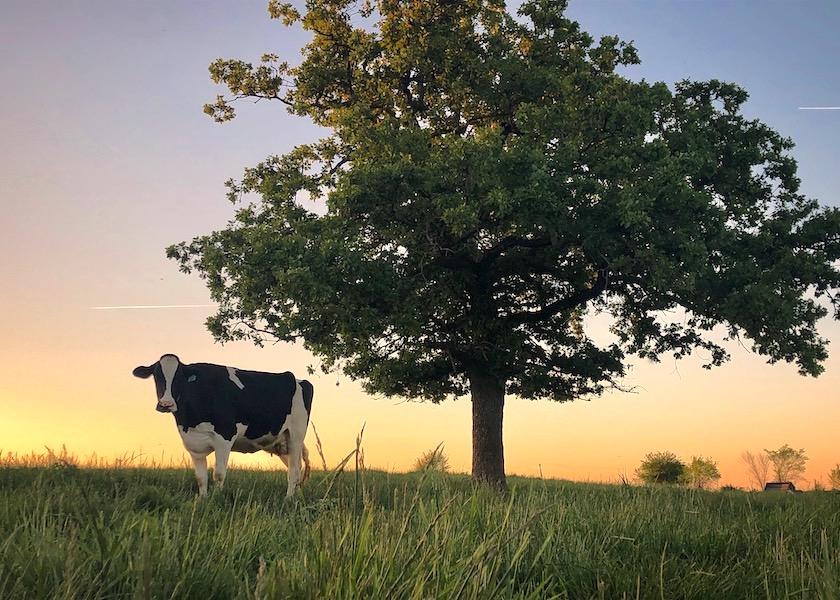Study Shows Removing Dairy Cows Would Have Minimal Impact on GHG Emissions

“Avoiding meat and dairy is the best way to reduce your impact on the climate.” “Going vegan helps save the planet.” “Animal agriculture is terrible for the environment.”
We’ve all heard these claims, and maybe even some of us have thought them to be true, but what are the facts?
According to the American Dairy Science Association (ADSA), the U.S. dairy industry contributes roughly 1.58% of the total U.S. greenhouse gas emissions; however, it also supplies the protein requirements of 169 million people, calcium requirements of 254 million people, and energy requirements of 71.2 million people.
As greenhouse gas emissions have continued to grow over the years, one commonly suggested solution to reduce greenhouse gas output has been to reduce or eliminate the dairy industry in favor of plant production.
However, recent research from Virginia Tech disputes that notion.
“There are environmental impacts associated with the production of food, period. The dairy industry does have an environmental impact, but if you look at it in the context of the entire U.S. enterprise, it's fairly minimal,” said Robin White, an associate professor in the Department of Animal and Poultry Sciences and a member of the research team. “Associated with that minimal impact is a very substantial provision of high quality, digestible, and well-balanced nutrients for human consumption.”
The authors of this study assessed three removal scenarios—depopulation, current management (export dairy), and retirement, according to the ADSA. In depopulation, consumers would stop consuming dairy products, resulting in depopulation of the animals; in current management (export dairy), the cattle management would remain the same and milk produced would be used for products other than human food or exported for human consumption; in retirement, the cattle would be retired to a pasture-based system but reduced to numbers that could be supported by available pastureland.
"Land use was a focus in all animal removal scenarios because the assumptions surrounding how to use land made available if we remove dairy cattle greatly influence results of the simulations," White said. "If dairy cattle are no longer present in U.S. agriculture, we must consider downstream effects, such as handling of pasture and grain land previously used for producing dairy feed, disposition of byproduct feeds, and sourcing fertilizer."
At the conclusion of the study, the scientists found that the removal of dairy cattle from U.S. agriculture would only reduce greenhouse gas emissions by 0.7% Additionally, greenhouse gas emissions remained unchanged under the current management (export dairy) scenario.
Under the retirement and depopulation scenarios, greenhouse gas emissions declined 11.97% and 7.2% respectively. However, this small dip in greenhouse gas emissions came at the price of a large nutritional gap for consumers.
According to Virginia Tech, all 39 nutrients considered in human diet quality were decreased for the retired scenario, and although 30 of 39 nutrients increased for the depopulation scenario, several essential nutrients declined.
“Production of some essential nutrients, such as calcium and many vitamins, decreased under all reallocation scenarios that decreased greenhouse gas emissions, making the dairy removal scenarios suboptimal for feeding the U.S, population,” White says.







